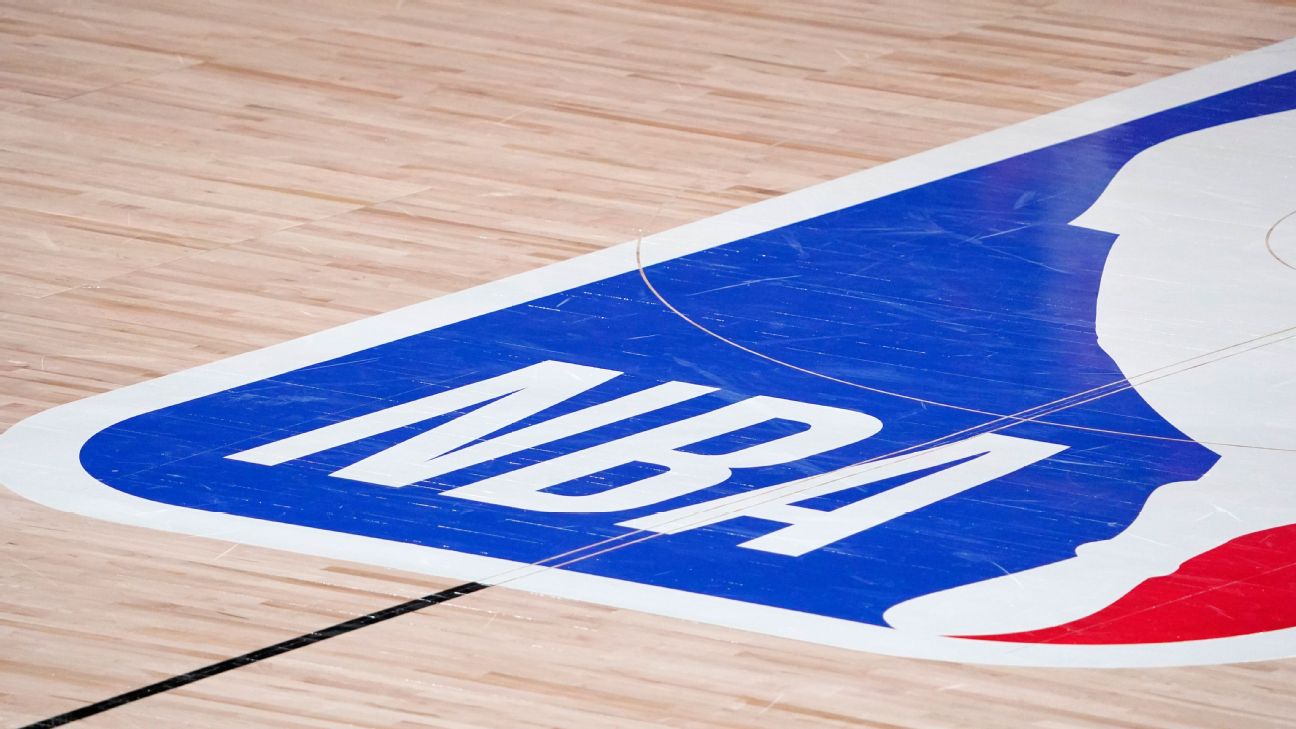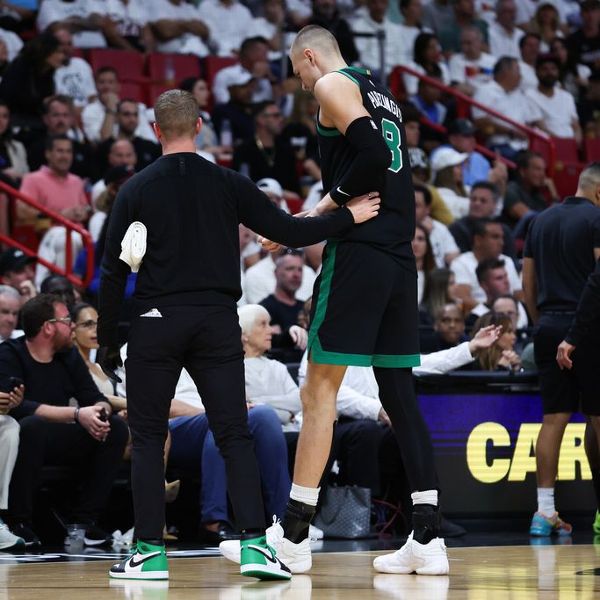![cricket:image:1429695 [900x506]](https://a.espncdn.com/i/cricket/cricinfo/1429695_900x506.jpg)
Yates five favorite NFL draft picks of every round Which teams got great value
Durham will represent the north, while Essex and Surrey will represent London and the south-east, after all three counties were named among the eight teams which will compete in a new top-level domestic women's competition in England and Wales from next year.
They will be joined by Hampshire, Lancashire, Nottinghamshire, Somerset and Warwickshire with a further two teams - Yorkshire and Glamorgan - to join by 2027, and two more by 2029 under a revamped domestic structure confirmed by the ECB on Thursday.
The most notable county to have been omitted at this stage is Middlesex, who were already embroiled in financial issues after being placed under special measures by the ECB last year. Their MCC-backed bid for Tier 1 status was rejected - meaning that Lord's will not be a potential home venue for any of the teams - while Yorkshire and Glamorgan, as the expansion teams, will receive additional funding from 2025 to run a "Tier 1 standard" talent pathway.
Richard Gould, ECB CEO, said: "Through this process we've seen a huge appetite from First Class Counties to have a women's professional team, and a real commitment to growing women's and girls' cricket in this country.
"More professional teams means more women able to make a career out of being a cricketer, more role models to inspire future generations, and more of the country having a women's professional team to follow nearby."
In February, the ECB invited all 18 First Class Counties and MCC to enter the tender process to become a women's Tier 1 club. In a move away from the current regional structure, which began in 2020 with teams under central ECB control and largely encompassing more than one county, these new teams will be more closely associated with the existing counties and their men's teams, meaning that ownership, responsibility and governance will shift to those clubs.
Derbyshire and Worcestershire, along with MCC, were the only ones who did not submit bids. Those counties not awarded Tier 1 status, along with the National Counties, will be invited to join a process to determine the composition of Tier 2 and Tier 3, with promotion and relegation between those tiers deferred until after the 2028 season. The outcome of this process is expected to be confirmed by September, ahead of the launch of the new structure in full in 2025.
"I recognise today's announcement will also be disappointing to those who haven't been successful at this stage," Gould said. "But with the new three-tier structure we are introducing, there is still a huge opportunity for them to compete in the other tiers so together we can all realise the potential of women's domestic cricket."
A panel comprising ECB board members, executives and independent members considered the Tier 1 bids on four criteria:
Vision and mission: passion, ambition and prioritisation.Quality cricket: including player development, coaching provision, talent pathway, and facilities.Fan provision: including marketing and communications plans, and match-day experiencesLong-term value: Financial investment, commercial strategy, governance, leadership and EDI plans.ECB Director of Women's Professional Game Beth Barrett-Wild said she had been "hugely impressed by the quality and ambition of the bids".
"The decision to select two additional Counties - Glamorgan and Yorkshire - as the ninth and tenth Tier 1 Clubs by 2027, and our stated aim to move to 12 teams in Tier 1 by 2029, is testament to the strength of the bids and the pace at which we all want to move to effect change," she added. "It's clear that the game is united in wanting to take the women's professional game forward, and in wanting to produce commercially vibrant teams and competitions that excite fans and showcase the quality of our professional players."
Middlesex's financial issues culminated a reduction in central payments to the club, and a suspended points deduction. The club is also embroiled in a long-running legal dispute with former chief executive Richard Goatley, and will play two T20 Blast home games at Essex's Chelmsford ground to save money on temporary infrastructure at outgrounds. Their bid was overlooked in favour of Essex, whose collaboration with neighbouring cricket boards, including Cambridgeshire, Hertfordshire, Suffolk, and Norfolk, offers a wide catchment area across East Anglia.
Gloucestershire, who are also experiencing financial woes, were another county to miss out on Tier 1 status. This week the club reported a loss of £1.19 million in their annual accounts, raising the prospect of selling their Nevil Road ground. Yorkshire, meanwhile, are rebuilding after the damaging Azeem Rafiq racism scandal.
Surrey's bid was widely expected to succeed but there was no room for Kent, with whom they share the South East Stars under the existing structure. Sussex also missed out in the south and, like others who were overlooked, their best hope now is to join the top flight when it expands to 12 teams by 2029.
Durham chief executive Tim Bostock said: "This is a monumental moment in the history of Durham Cricket and women's sport in the region. The bidding process was extremely competitive, but we were confident the North East was the right place for one of the teams and that we had delivered a bid that demonstrated our ability and enthusiasm to bring a team here.
"The financial investment will be considerable both on and off the pitch and is set to create over 30 new jobs and bring new commercial opportunities."
The ECB estimates an 80% increase in the number of professional female players in England and Wales between now and 2029. To enable the expansion from eight to 10 Tier 1 teams, the ECB is committing a further £3 million a year from when Glamorgan and Yorkshire are operational. It will mean a total of £8 million new funding per year is invested into women's domestic cricket by 2027 - taking annual investment in this area to about £19 million.
The latest revamp of the domestic women's structure follows last year's report by the Independent Commission for Equity in Cricket, which concluded there was still much work to be done to correct deep-seated discrimination within the game, particularly on the grounds of race, class and gender.













